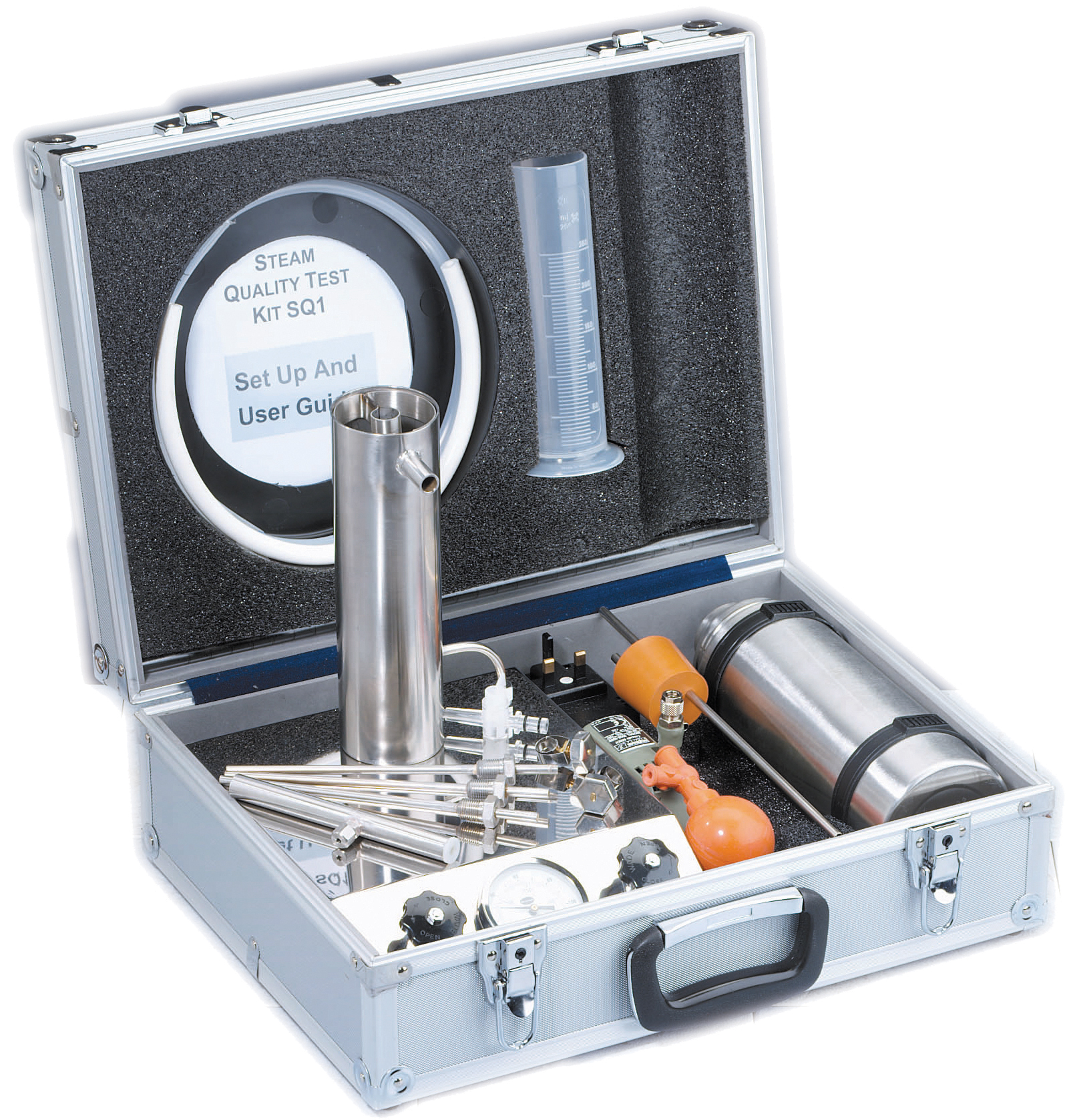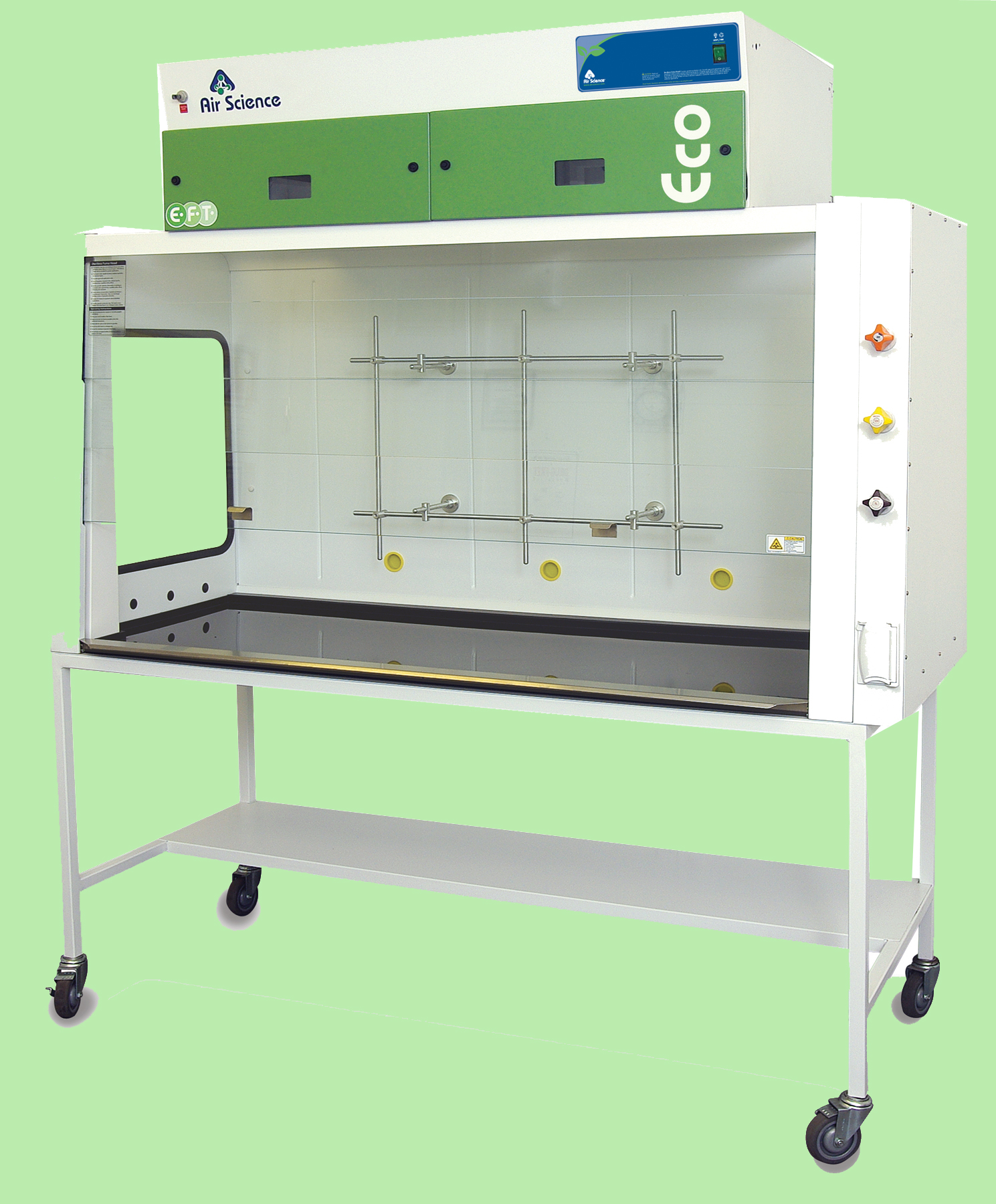), Bruker displays leading technologies and solutions for proteomics in the next decade. Bruker's "Continuing Revolution" campaign demonstrates the company's commitment to enabling the proteomics community to pursue an ever increasing range of scientific investigations, as well as clinical proteomics research and emerging applied proteomics methods:
-- The autoflex(TM) speed is a flexible and high performance MALDI-TOF(/TOF) system specifically designed for enhanced workflows in proteomics research. The fields of MALDI tissue biomarker and drug imaging, where Bruker is leading and continually innovating, is greatly advanced by the novel FAST-SRM mode for single reaction monitoring capabilities. Enhanced speed and reliable operation are delivered by the 1 kHz smartbeam(TM)-II laser and the MALDI Perpetual(TM) self-cleaning ion source, previously introduced in Bruker's market leading ultrafleXtreme(TM) MALDI-TOF/TOF. Further enhancements on the autoflex speed as a proteomics platform for MALDI based workflows are its wide mass range resolving power of up to 26,000 delivered by the PAN(TM) technology, the innovative FlashDetector(TM) system and the novel 4 Gs/s digitizer. Edmass(TM) top-down intact protein sequencing for long sequence readouts, including Bruker's patented T³-Sequencing(TM) technology, is now fully supported on the autoflex speed.
-- High performance molecular imaging of small molecules including drugs, metabolites and lipids in tissue is now available on the new unrivalled MALDI-solariX(TM) FTMS platform, which combines extreme performance with resolving power > 1,000,000 at 7 tesla with a robust and highly sensitive MALDI source. Its unique instrument design with a dual ion funnel and quad-based ion selection for signal enhancement by CASI(TM) (continuous accumulation of selected ions) provides unparalleled sensitivity for the analysis of therapeutic doses of drugs and their metabolites directly in tissue. Its dual ESI/MALDI source allows easy switching between both ionization modes by simple push-button software. Fast data acquisition of up to 1 pixel/sec with the smartbeam(TM) II laser at a 1 kHz laser rate and laser spot sizes down to 20 um for high spatial resolution are essential features of this ultimate MALDI small molecule tissue imaging system.
-- As MALDI Imaging matures as a key proteomic application, it becomes essential to cover the complete workflow for effective and scientifically relevant clinical research. The MALDI Molecular Imager(TM) concept, on ultrafleXtreme and autoflex speed MALDI-TOF platforms, as well as on the solariX MALDI-FTMS, enables non-targeted molecular histology with high spatial resolution in an integrated solution (research use only) for biological tissue and clinical pathology investigations. The entire, highly effective workflow is provided by seamless integration of the mass spectrometers with sample preparation by the proprietary Bruker ImagePrep(TM) station and with the data processing software FlexImaging(TM). This workflow is completed by ClinProTools(TM), the first commercially available software solution for small molecule statistical class imaging. By continuous innovation, Bruker remains committed to the development of MALDI Imaging as a key proteomics technology.
-- Bruker provides high performance top-down protein sequencing and characterization workflows across a range of systems. A breakthrough has been recently achieved in collaboration with scientists by applying ETD on the maXis(TM) UHR-TOF system. High mass accuracy, resolving power and dynamic range, essential for the dissection of complex patterns of product ions in protein fragmentation, have been harnessed for the first time to perform ETD dissociation of intact biomolecules up to 150 kDa with ease. This represents a new record for mass spectrometric sequencing of intact proteins and demonstrates the dramatic advantages of maXis ETD technology in top-down protein structure analysis. This achievement underlines Bruker's leading position in all fields of top-down proteomics.
-- The amaZon ETD, Bruker's 4th generation ion trap platform, offers class leading ETD and PTR (Proton Transfer Reaction) for unmatched sensitivity in an extremely robust setup. Ion trap mass resolving power up to 20,000 in full scan mode across the 50-3000 m/z range with scan speeds up to 52,000 u/sec, fast enough to be useable for LC coupling, make real-life, routine LC-ETD experiments for PTMs a reality.
-- MALDI-ISD (In-Source Decay), leveraging innovations incorporated into the industry leading ultrafleXtreme and autoflex speed MALDI-TOF(-TOF) platforms completes Bruker's comprehensive set of workflows as the leading supplier for top-down protein sequencing and characterization.
-- Bruker's ProteinScape(TM) 2.1 software is the most established proteomics bioinformatics platform addressing scientists' needs in biomarker profiling, quantification and validation. As a comprehensive solution for qualitative and quantitative LC-MS/MS protein analysis, ProteinScape supports all current label chemistries including multiplexed labels, as well as label-free quantification. Interactive validation of protein quantification based on raw LC/MS data is simple and straight forward. It streamlines the discovery process through decoy auto-validation algorithms, combined database searches with various algorithms and the ProteinExtractor(TM) module that produces non-redundant protein result lists across entire proteomics projects. Its archiving capabilities allow the retrieval of data generated years ago, e.g. for their joint re-analysis with novel analytic capabilities and mining tools. The ProteinScape processing pipeline adopts the "HUPO Brain Proteomics Project processing guidelines" (forum.hbpp.org) and will facilitate the direct submission process of project data adhering to HUPO/PSI publishing guidelines.
Clive Seymour, Executive Vice President of Bruker Daltonics, commented: "As the field of proteomics evolves, Bruker continues to innovate and deliver workflows suited to the needs of those engaged in an expanding discipline. Offering solutions based on a broad range of technologies and workflows without compromising performance and ease of use, underlines the philosophy and defines our leadership in proteomics. Whatever the application, whether it is 'traditional' expression proteomics or novel fields such as top-down proteomics, tissue imaging or quantitation with or without labels, we strive to provide the highest performance solutions."
In addition to supporting HUPO 2010 as a Gold Sponsor, Bruker will be present in the scientific program with more than 40 contributions. Bruker Daltonics staff will be available for in-depth meetings during exhibit hours at Bruker's booth (No. 1). The Bruker Luncheon Seminars will be held on Tuesday, September 21st, 12:30-1:30 PM, in the Baysite Gallery Auditorium A during which a panel of prestigious international researchers including Christoph Borchers from ProteomeCenter, Victoria, Canada, and Keith Ashman, CNIO Madrid, Spain, will present talks, detailing a series of innovative proteomic applications. For more information on Bruker's HUPO events, please visit
www.bdal.com/hupo 




















